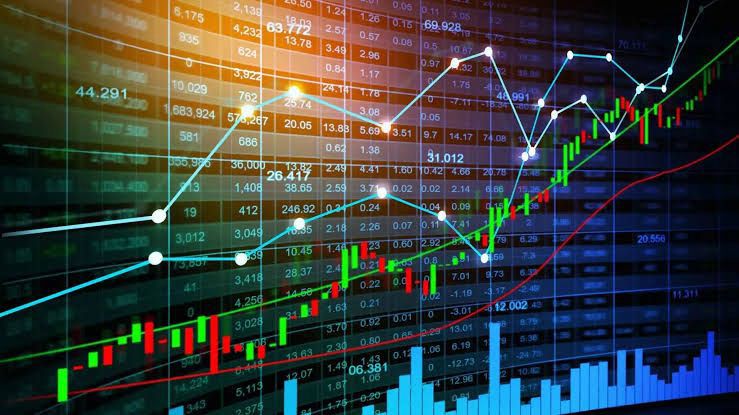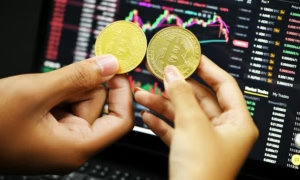2025 is proving that inflation isn’t a storm that simply passes—it’s a cycle that can reshape economies, disrupt asset classes, and redefine investor priorities. After a brief period of seeming stabilization, inflation has returned to the spotlight, with ripple effects being felt across currencies, commodities, and global equity markets.
At the center of this renewed financial unease is a U.S. economy wrestling with structural contradictions: strong employment data on the surface, but soft consumer confidence; high interest rates, yet stubborn inflation. These mixed signals are contributing to a broader uncertainty in global markets.
Why the U.S. Dollar Is Losing Ground
For decades, the U.S. dollar has served as the cornerstone of global finance. But in 2025, cracks in that foundation are becoming visible. The dollar’s decline is being driven not just by inflation, but also by long-term fiscal imbalances, political dysfunction, and the Federal Reserve’s credibility being questioned by institutional investors.
After years of quantitative easing followed by aggressive tightening, the Fed now faces a dilemma. Any further rate hikes could risk recession, while a pause could allow inflation to persist. As confidence in the Fed’s direction falters, capital is flowing out of U.S. assets into more stable or growth-oriented markets.
As a result, the dollar is losing its comparative strength, weakening against both major currencies and emerging market peers. This shift is not only impacting international trade and investment flows but also driving up the price of globally traded commodities like gold and oil.
The Gold Narrative: Beyond Just a Safe Haven
Gold has always responded to monetary chaos, but this time, the rise feels more fundamental. With the dollar under pressure and equity markets turning volatile, gold has surged past $3300 per ounce—a strong signal that institutional investors are repositioning.
But today’s gold rally is not purely defensive. Analysts are now viewing gold as part of a broader strategic play. Central banks, particularly in Asia, are continuing to de-dollarize, reallocating reserves into precious metals. Retail investors are diversifying. Wealth preservation, rather than speculation, is driving demand.
It’s also worth noting the increasing role of algorithmic trading and AI-driven models in detecting and reacting to macroeconomic signals. Gold, unlike most assets, reacts cleanly to inflation and currency weakness—making it a preferred hedge in automated strategies.
Mugisha Henry: Watching the Signals, Not the Noise
Mugisha Henry, Chief Financial Analyst at XA Markets,
“What we’re seeing isn’t a market panic,” Henry explains, “It’s a recalibration. The instruments we used to measure risk no longer fit the new economic mold.”
His recognition at the 2024 Prime Awards for Excellence in Financial Analysis & Strategic Insight speaks to his ability to interpret systemic shifts and provide forward-looking insight. He also works closely with XA Gold, giving him a unique perspective on commodity dynamics as they relate to broader macro trends.
Henry emphasizes the importance of discipline in today’s climate. “The markets are noisy, but the patterns are there if you know where to look. Inflation, currency realignment, and commodity positioning are not just reactions—they’re signals.”
Looking Ahead
As inflation shows signs of a second wind, and the dollar continues to weaken, the world’s financial narrative is being rewritten. Investors, central banks, and policymakers are reassessing assumptions once thought unshakeable.
For those watching closely—like Mugisha Henry and the team at XA Markets—the path forward isn’t about avoiding volatility. It’s about understanding it, adjusting to it, and leveraging it with insight.



































